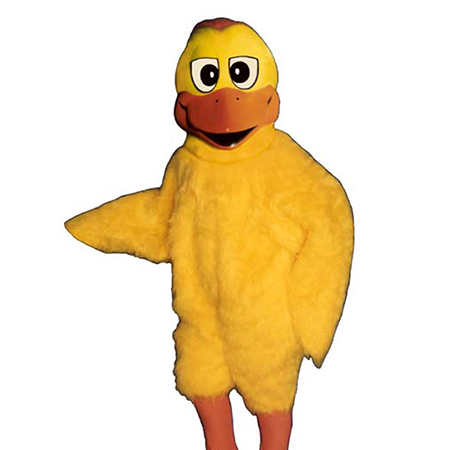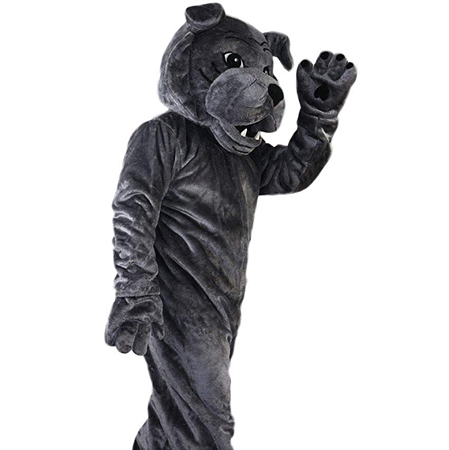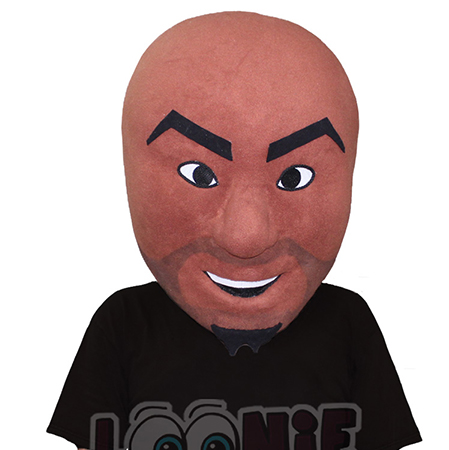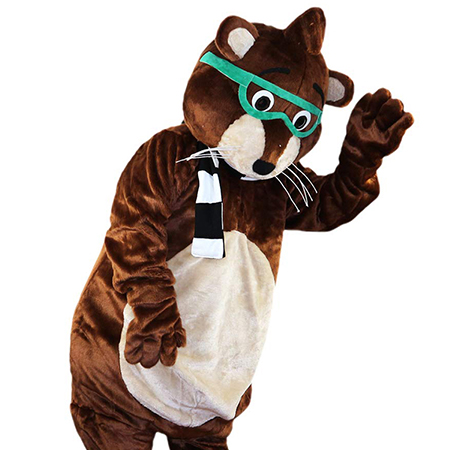Creating a perfect mascot costume is an art that requires meticulous attention to detail and a deep understanding of design principles. Mascot costumes serve as the face and embodiment of a team, brand, or organization, making their creation both a challenging and rewarding task. To achieve perfection in mascot costumery, several key elements must align harmoniously.
Designing a mascot costume begins with an engaging and appealing character concept. This character should be unique, easily recognizable, and capable of resonating with its target audience. The personality and traits of the mascot are crucial—whether it’s a fierce sports team mascot or a friendly corporate figure, the design must reflect these attributes through every aspect of the costume.

Material selection plays a vital role in the functionality and longevity of mascot costumes. Lightweight yet durable materials like foam, fabric, and plastics are often used for the construction of the head and body. These materials not only provide comfort for the performer but also ensure ease of movement. Breathability and ventilation are also essential considerations, especially for performers who will be wearing their costumes for extended periods in various weather conditions.
The structural integrity of the mascot costume is paramount. Sturdy internal frameworks such as aluminum or fiberglass rods can be incorporated into the design to maintain the shape and balance of the costume. This structure supports the weight of the headpiece and ensures stability, allowing performers to move naturally without compromising the appearance of the costume. Additionally, the use of adjustable straps and padding can enhance comfort and fit for different performers.

Visibility is another critical factor in mascot costume design. The eye holes and mouth slits need to be carefully positioned to ensure clear vision and easy breathing for the performer. Proper placement allows for unobstructed sight lines, which is essential during dynamic performances and interactions with fans and spectators. High-quality mesh or translucent materials can be employed to create expressive features while maintaining functionality.
Customization options further elevate the appeal and adaptability of mascot costumes. Personalized details such as colors, logos, and accessories can be tailored to specific themes or branding requirements. For instance, adding custom patches, scarves, or hats can make the mascot more versatile and suitable for different events and promotions. These custom touches contribute to the overall impact and memorability of the mascot.

Safety is an often overlooked but essential component of mascot costume design. Ensuring that the materials used are non-toxic and fire-retardant is crucial for protecting both the performer and those around them. Seams and edges should be reinforced to prevent tearing and potential injury during vigorous activities. Providing adequate ventilation also minimizes overheating, which is particularly important in high-energy performances.
In conclusion, crafting a perfect mascot costume involves an intricate blend of creativity, functionality, and practicality. From the initial character sketch to the final product, every element—from material selection to visibility and safety—must be thoughtfully considered. By prioritizing these aspects, mascot costume designers can create captivating characters that leave a lasting impression on audiences and effectively represent the brands they embody.

